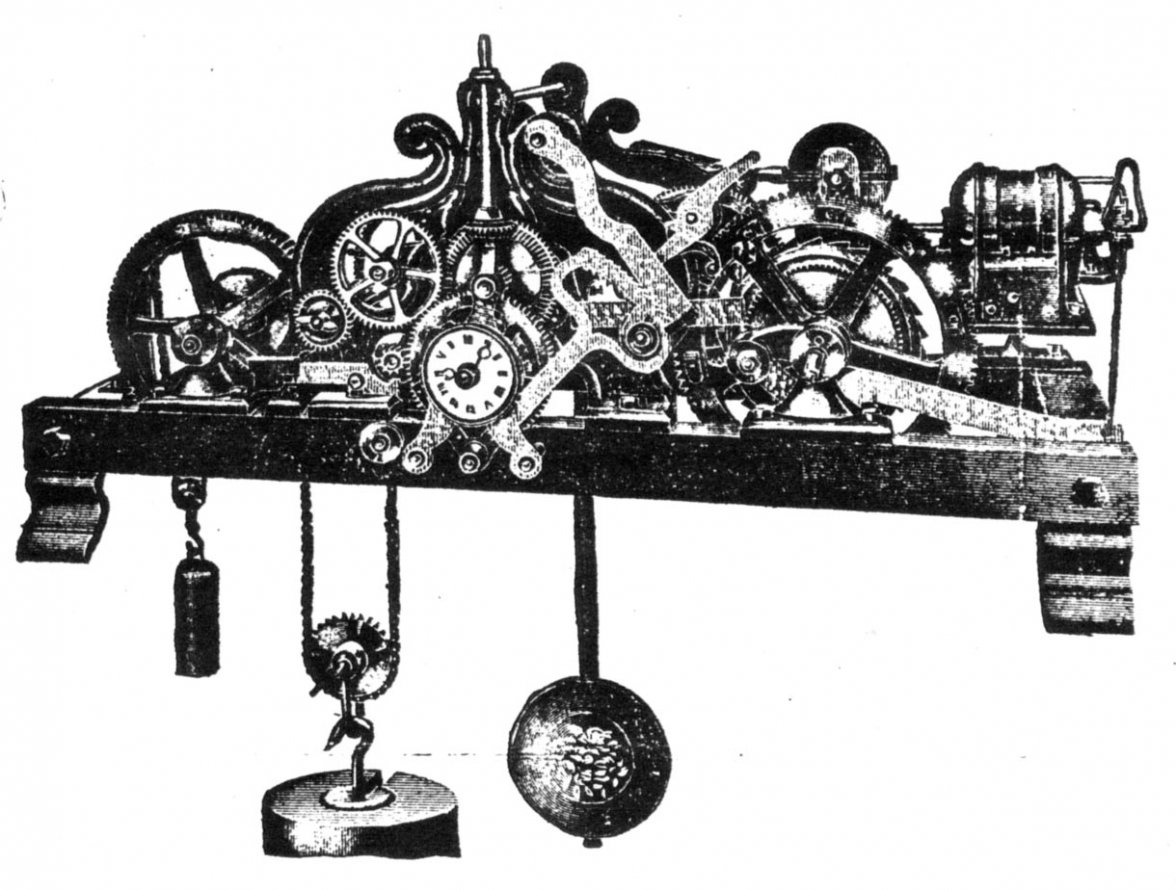489G
·Thank you TNTwatch for answering the same question I had but was reluctant to ask because I ask too many questions... Thanks for posing it, JimInOz!
Thank you TNTwatch for answering the same question I had but was reluctant to ask because I ask too many questions... Thanks for posing it, JimInOz!

Ok, we're getting there. I am being helped enormously by knowledgeable people.
S. Bourla et Fils, a family of jewelers, were the Omega representatives in the nearby city of Thessaloniki (Salonika) at the time. This is also in line with the information provided by JimInOz in his link. A Solomon (Charles) Bourla appears in the book The Agony of Greek Jews, 1940–1945 By Steven Bowman. We get a matching S. Bourla.
Also being conclusively told that the clock cannot possibly be an Omega, as Omega never manufactured clocks.
So, to sum up what we know or has been suggested so far:
1) Not an Omega.
2) Faces strikingly similar to faces made by Odobey Cadet of Morez, Jura.
3) S. Bourla et Fils, representatives of Omega in Greece at the time, having their name (and the Omega name in Greek) put on the clock faces.
4) Mechanism looks "older that the Omega company name, and likely would date back to the Louis Brandt era. And I think I am safe in saying that Louis Brandt nor his sons had anything to do with the actual manufacture of this clock".
5) Clock bell is made by Ruetschi AG, Aarau
6) No identifiable markings on the clock mechanism.
The plot thickens....
PS. (I had to delete a previous post of mine, a red herring...)
This is so cool...and I'm very happy that my Ob servation Bourla being a common family name in the jewelry trade wasn't a red herring 😀
Yes, I think an advertisement makes sense. I've also seen Dutch authorized dealers who identify themselves starting with the brand name, especially in the car industry ("Audi Van Hoof") - this could well be something similar.
Don't know much about tower clocks, but if I have time, I'll check out if I can find anything from The Netherlands.
The Omega connection might be that the buyer of the school clocks got a discount on them if he agreed to advertise Omega on the tower dial, the actual dial makers might not of wanted or allow the official logo on their dial so they wrote it in greek and everyone was happy?